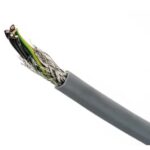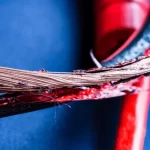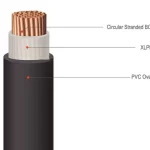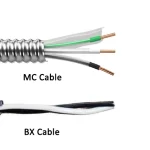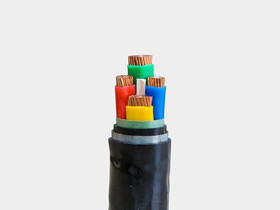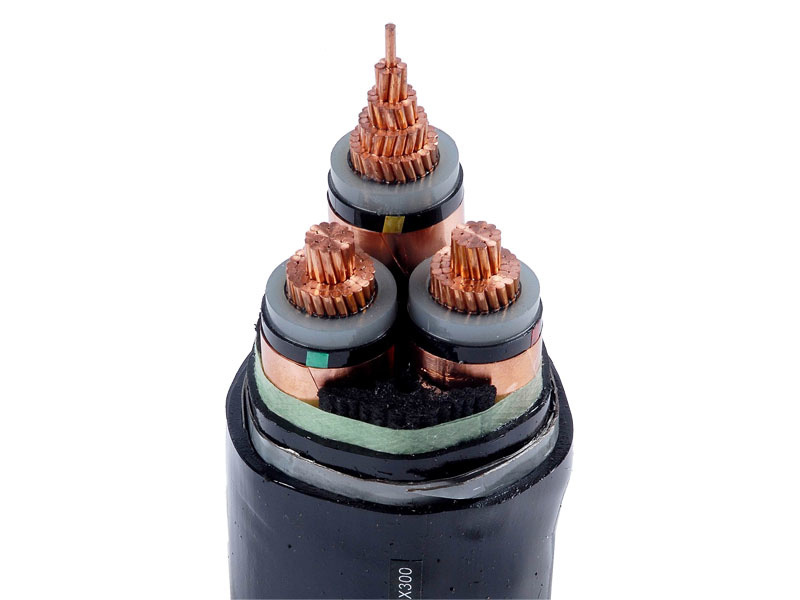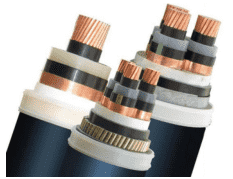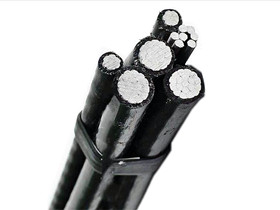When disconnecting a car battery, mechanics and automotive experts always stress one rule: “Remove the negative cable first.” But why? If you've ever asked, “Why are negative battery cables removed first?”, this guide will explain the reason in simple terms—and why doing it wrong can be dangerous.
What Is the Negative Battery Cable?
A car battery has two terminals:
-
Positive (+) – often marked with red
-
Negative (–) – often marked with black
The negative terminal is grounded to the car's frame, meaning it's connected directly to the vehicle's metal body.
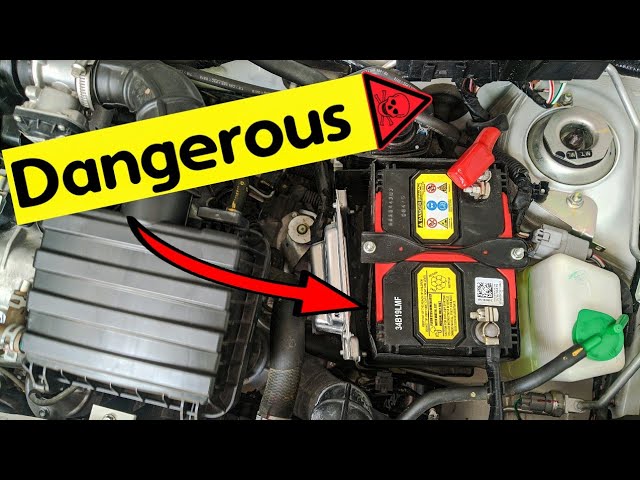
why are negative battery cables removed first
Why Should You Disconnect the Negative Battery Cable First?
✅ 1. To Prevent Electrical Short Circuits
If you remove the positive cable first, and your wrench accidentally touches any grounded metal (which is almost everything under the hood), it creates a direct short circuit. This can:
-
Cause sparks
-
Melt metal tools
-
Damage the car’s electronics
-
Even cause a fire or explosion
Removing the negative cable first breaks the ground connection, making it much safer to then remove the positive terminal.
✅ 2. To Protect Yourself and Your Tools
Short circuits during battery removal are not just dangerous to the car—they're dangerous to you. A battery can deliver hundreds of amps in an instant. Mishandling cables can result in:
-
Burns
-
Electric arcs
-
Damaged wrenches or pliers
Disconnecting the negative terminal first eliminates the circuit path between positive and ground—so even if your tool touches metal, no current flows.
✅ 3. To Avoid Accidental Reconnection During Repairs
Leaving the negative cable connected while working on the vehicle can lead to accidental current flow if metal tools or parts come into contact with live wires. Removing the negative cable fully isolates the battery from the car’s electrical system.
What Happens If You Remove the Positive Cable First?
If your tool touches any metal part of the car while removing the positive terminal first, you’ll create a live short circuit between:
-
Battery positive (+)
-
Vehicle ground (–)
This can damage:
-
Battery terminals
-
Electronic control units (ECUs)
-
Fuses and relays
-
And even cause burns or sparks
Step-by-Step: How to Safely Disconnect a Car Battery
-
Turn off the vehicle
-
Locate the battery terminals
-
Use a wrench to loosen the negative (–) terminal
-
Remove the negative cable completely
-
Then loosen and remove the positive (+) cable
To reconnect:
-
Connect the positive cable first
-
Then connect the negative cable
Final Answer: Why Are Negative Battery Cables Removed First?
To prevent electrical short circuits, protect yourself, and safely isolate the car’s electrical system. It’s a simple step that avoids dangerous and expensive mistakes.
Related FAQs
Q: What happens if I accidentally disconnect the positive terminal first?
You risk creating a short circuit, which could damage your car or cause sparks and injury.
Q: Can I disconnect both battery cables at once?
Technically yes, but it's not safe. Always follow the correct order: negative first, positive second.
Q: Do I need to wear gloves or eye protection?
Yes. Car batteries can leak acid, and unexpected sparks can occur. Safety gear is always a good idea.


